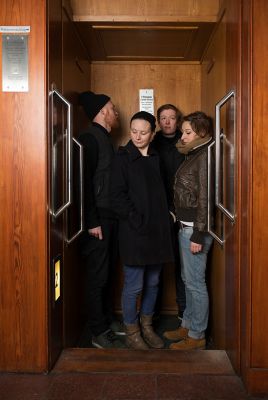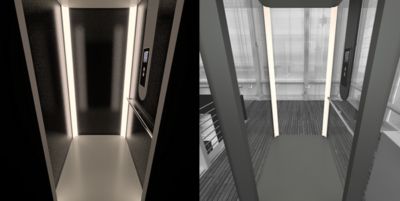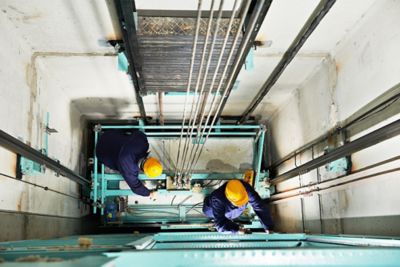-
-
Kostenlose Software für Studierende
Ansys unterstützt die nächste Generation von Ingenieur*innen
Studenten erhalten kostenlosen Zugang zu erstklassiger Simulationssoftware.
-
Verbinden Sie sich jetzt mit Ansys!
Gestalten Sie Ihre Zukunft
Stellen Sie eine Verbindung mit Ansys her, um zu erfahren, wie Simulation Ihren nächsten Durchbruch vorantreiben kann.
Länder und Regionen
Kostenlose Demoversionen
Produkte & Dienstleistungen
Lernportal
Über das Unternehmen
Back
Produkte & Dienstleistungen
Back
Lernportal
Ansys unterstützt die nächste Generation von Ingenieur*innen
Studenten erhalten kostenlosen Zugang zu erstklassiger Simulationssoftware.
Back
Über das Unternehmen
Gestalten Sie Ihre Zukunft
Stellen Sie eine Verbindung mit Ansys her, um zu erfahren, wie Simulation Ihren nächsten Durchbruch vorantreiben kann.
Kostenlose Demoversionen
ANSYS BLOG
March 5, 2019
Optimizing Elevator Maintenance and Design with Optics Simulations and Virtual Reality
Few things can put a damper on a perfect day than stepping into an elevator designed without claustrophobia or rider comfort in mind. We all know what it’s like to feel squished in an elevator that is well below capacity.
We also know that the elevator maintenance engineer has cleared it for safety. But when an elevator looks uninviting, we can’t help but stare nervously at the numbers until we reach our stop.
Fortunately, engineers can use optics simulations and virtual reality (VR) to optimize an elevator design for rider comfort.
A mock-up of this elevator in virtual reality would have told engineers that it could only lift two or three passengers comfortably.
With optics simulation tools like Ansys Speos, engineers can mock up the elevator design with human stand-ins. This mock-up can then be used to calculate a capacity rating based on comfort to supplement the one based on weight. This information will help architects optimize the number of elevators they need when designing a building.
How Simulation and Virtual Reality Can Improve Elevator Designs
Claustrophobia isn’t the only affliction that blocks users from a comfortable elevator ride. Vertigo, a fear of heights or illnesses associated with anxiety can all make for an unhappy trip.
Even a clean, modern looking elevator can look uninviting with the wrong lighting or material choices. With Speos’ optics simulation technology, engineers can test out a variety of materials, lighting and colors to see which ones could reduce tension for riders on their trip.
The Speos simulation of an elevator’s interiors on the left looks clean and modern but uninviting. The Speos simulation of the elevator on the right is more open and inviting but the glass walls could affect those with a fear of heights.
Optics simulation helps engineers anticipate how riders will perceive the elevator’s cabin. For instance, they might notice that the yellow light clashes with the interior or reflects off the mirrors in a distracting way.
Engineers can then quickly swap out the lighting and materials until they land on a combination that eases any anxiety the passengers might have.
Once the engineers think they have a design set, they can test it out using a VR headset or VR cave. This will allow engineers to experience the elevator for themselves before any physical prototypes has been built.
Improving Elevator Maintenance Safety with Virtual Reality
Once a virtual mockup of the elevator exists, it can be used for more than just design.
Ansys VRXPERIENCE can be used to simulate a VR training session with a human-in-the-loop. Maintenance crews can use the simulation to learn how to service the new elevator before they set foot in the shaft.
This will improve the safety and speed of maintenance crews, especially when they are working on an elevator that they haven’t seen before.
Virtual reality can help maintenance workers fix elevators faster and safer.
VR can teach the maintenance crew everything they need to know in a safe environment.
To learn how optics simulations can improve the safety and the passenger experience in other vehicles, read: Safe Lighting Design of a Submarine Control Room.


